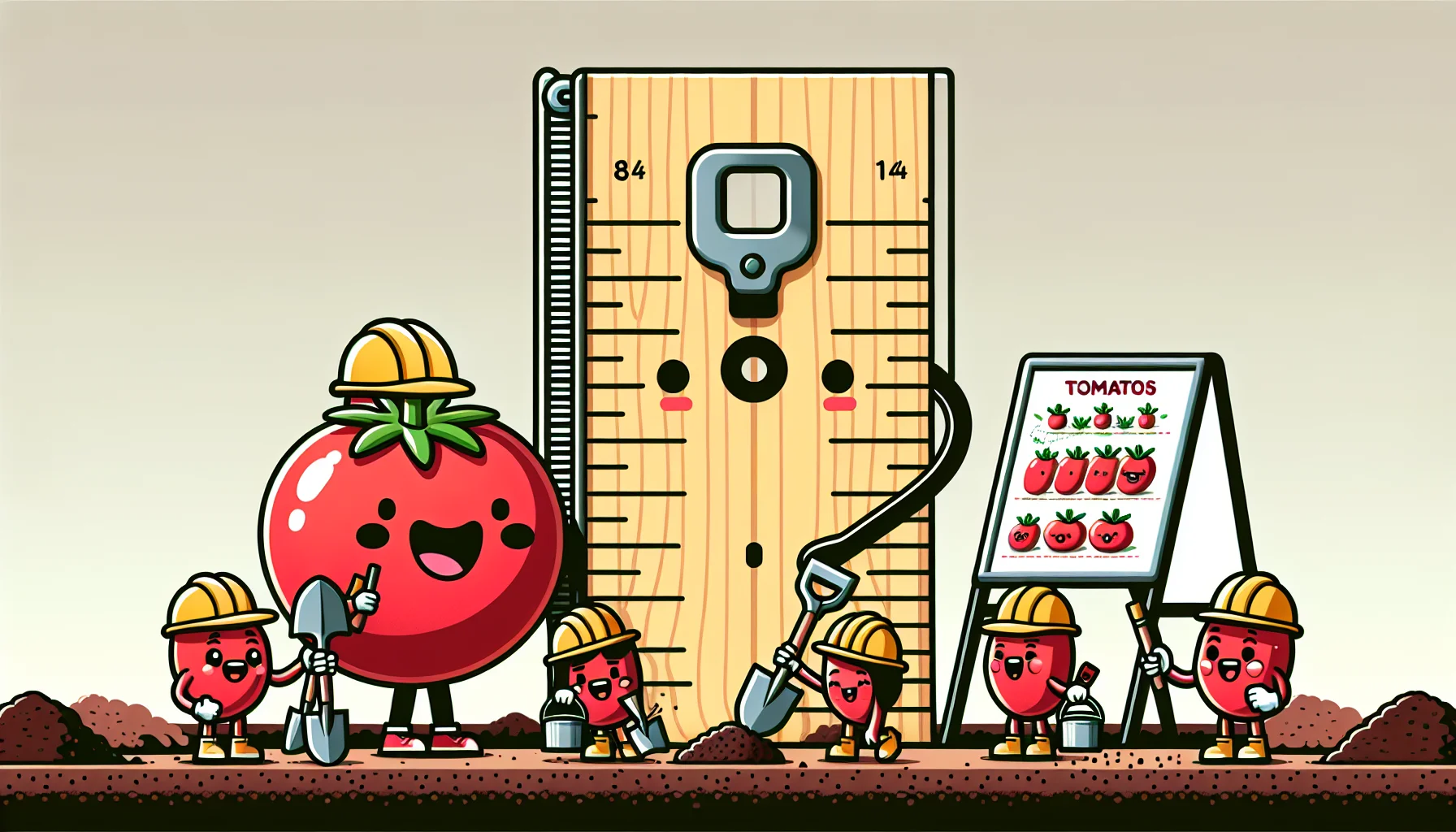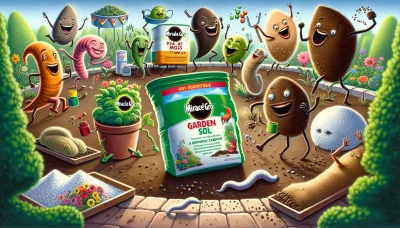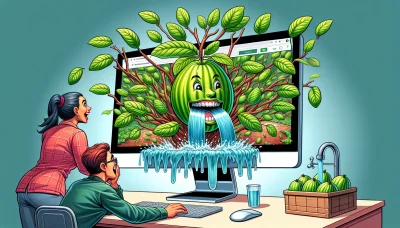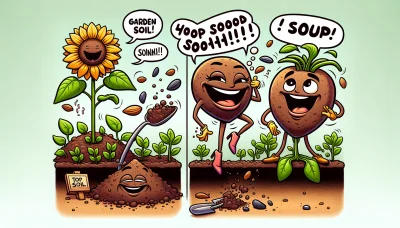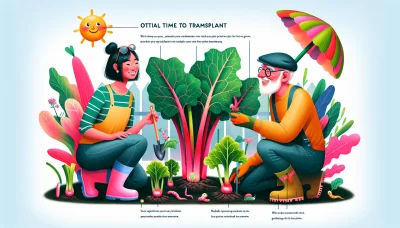How deep to plant tomato seeds Quiz
Test Your Knowledge
Question of
How Deep to Plant Tomato Seeds
Planting tomato seeds at the correct depth is crucial for ensuring successful germination and promoting robust plant health. Seeds planted too shallow may not germinate properly due to insufficient soil contact, while seeds planted too deep might struggle to break through the soil surface, leading to weak or non-existent seedlings. The optimal depth for planting tomato seeds is about 1/4 inch into the soil. This depth provides the seeds with the right balance of moisture, warmth, and air circulation needed for germination, while also protecting them from being washed away or eaten by birds. Proper planting depth, along with adequate water and sunlight, sets the stage for healthy tomato plants that can resist pests and diseases more effectively and produce a bountiful harvest.
Understanding Tomato Seeds
Tomato seeds are the starting point for cultivating one of the most popular vegetables (technically a fruit) in gardens around the world. These seeds come in a variety of types, each with its own set of characteristics such as size, color, and flavor, catering to the diverse preferences of gardeners and consumers alike. Tomato seeds are beloved by gardeners not only for the delicious fruits they produce but also for their versatility in growing conditions, ability to be stored for future planting seasons, and the joy of harvesting home-grown tomatoes. Whether for large agricultural production or small backyard gardens, tomato seeds represent the promise of bountiful harvests and the pleasure of gardening.
The Ideal Depth for Planting Tomato Seeds
- In-ground gardens: 1/4 inch deep
- Raised beds: 1/4 to 1/2 inch deep
- Containers: 1/4 inch deep
Preparing the Soil for Tomato Seeds
Before planting tomato seeds, it's crucial to prepare the soil properly to ensure a healthy growth environment for your plants. The key aspects to focus on are the soil texture and the nutrients present in the soil. Ideal soil for tomatoes should be loose and well-draining to allow for proper root development and to prevent waterlogging, which can lead to root diseases. Incorporating organic matter, such as compost or aged manure, can significantly improve soil structure, enhance moisture retention, and provide a slow-release source of nutrients. Testing the soil's pH is also important, as tomatoes prefer slightly acidic to neutral soil (pH 6.2 to 6.8). Adjusting the pH with lime or sulfur can create an optimal growing environment. Additionally, a balanced fertilizer, rich in phosphorus and potassium, can encourage strong root and fruit development. By taking the time to prepare your soil with these factors in mind, you'll create a fertile foundation that will support your tomato plants throughout their growing season.
Steps to Plant Tomato Seeds
- Choose a sunny location for your tomato plants. They need at least 6 to 8 hours of sun per day.
- Prepare the soil by adding compost or a balanced fertilizer to provide nutrients for the growing plants.
- Moisten the soil before planting the seeds to ensure it's damp but not waterlogged.
- Sow the tomato seeds by making a small hole about 1/4 inch deep in the soil with your finger or a tool.
- Place 2-3 seeds in each hole to increase the chances of germination. Cover the seeds lightly with soil.
- Space the holes about 18 to 24 inches apart to give each plant enough room to grow. If planting in rows, keep the rows about 3 feet apart.
- Water the newly planted seeds gently but thoroughly to settle the soil around them without washing them away.
- Keep the soil consistently moist but not soggy as the seeds germinate and the seedlings grow. Watering in the morning is ideal.
- Once the seedlings emerge and grow their first true leaves, thin them out by removing the weaker seedlings, leaving the strongest one in each spot.
- As the plants grow, provide support with stakes or cages to help support the weight of the tomatoes.
- Continue to water regularly, aiming for at least 1 inch of water per week through rainfall or manual watering.
- Monitor for pests and diseases and take action promptly to protect your plants.
Common Mistakes to Avoid When Planting Tomato Seeds
- Planting seeds too deep, which can delay or prevent germination.
- Planting seeds too shallow, making them vulnerable to drying out.
- Overwatering seeds, leading to rot and fungal diseases.
- Underwatering seeds, resulting in insufficient moisture for germination.
- Ignoring soil temperature, which should be warm enough to encourage germination.
- Planting seeds too close together, causing overcrowding and competition for nutrients.
- Using unsterilized soil, which may contain harmful pathogens.
- Failing to harden off seedlings before transplanting outdoors, leading to shock or death.
- Not labeling seed varieties, creating confusion during transplanting and harvesting.
- Skipping pre-soaking seeds, which can speed up germination for some tomato varieties.
Caring for Tomato Seedlings
| Aspect | Guidelines |
|---|---|
| Sunlight Requirements | Tomato seedlings require at least 6-8 hours of direct sunlight per day. If growing indoors, use a grow light to ensure they receive enough light. |
| Watering Schedule | Water seedlings lightly to keep the soil consistently moist but not waterlogged. Water in the morning to allow leaves to dry out during the day, reducing the risk of disease. |
| Fertilization Tips | Start fertilizing with a half-strength liquid fertilizer once seedlings have their second set of true leaves. Fertilize every two weeks until transplanting. |
